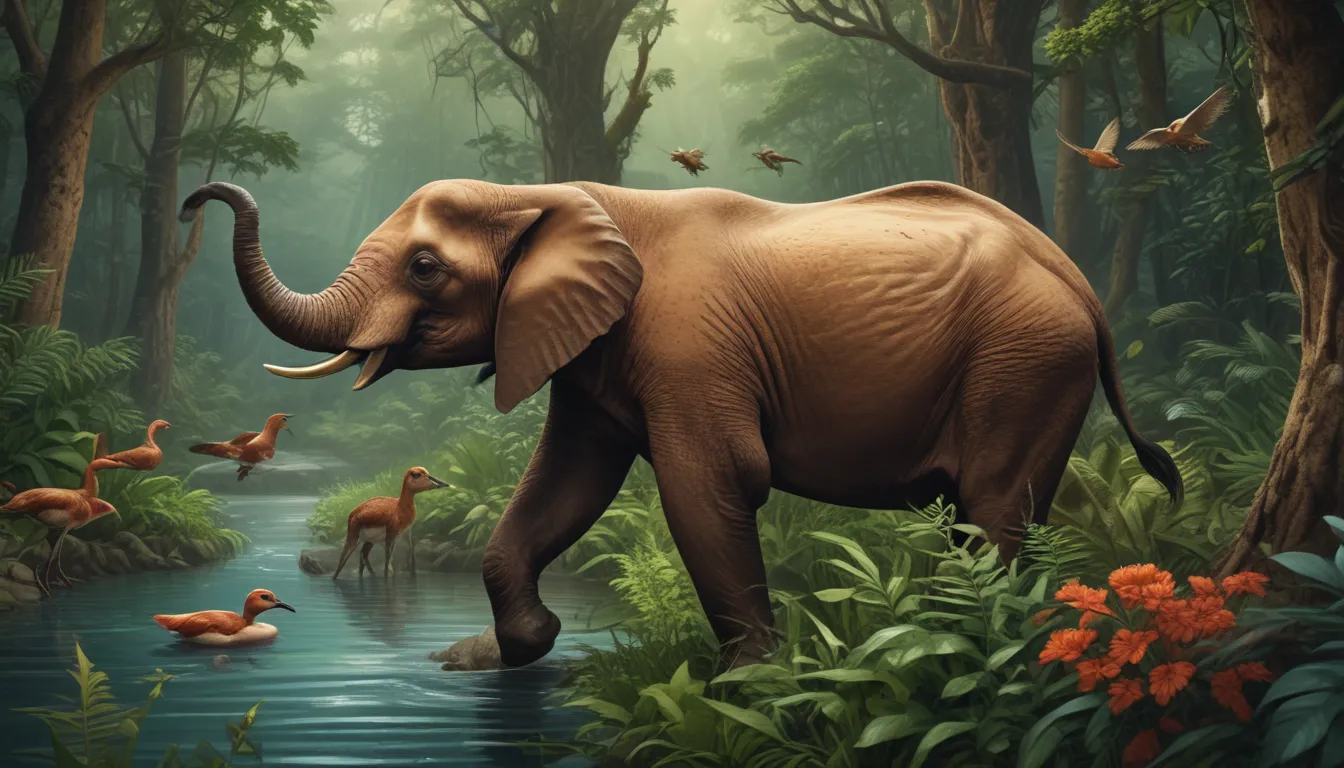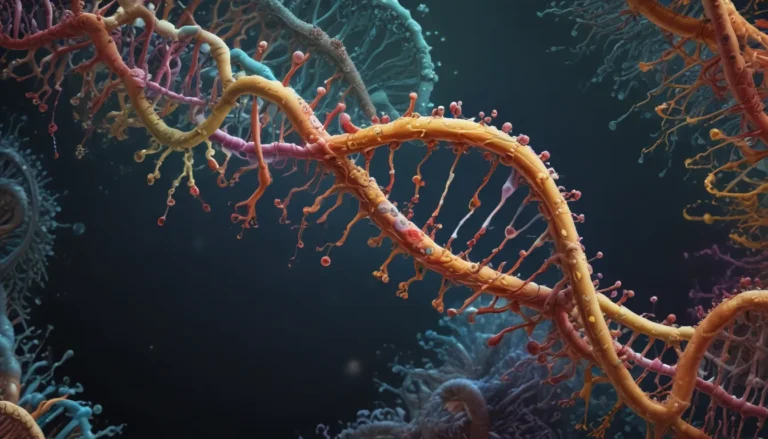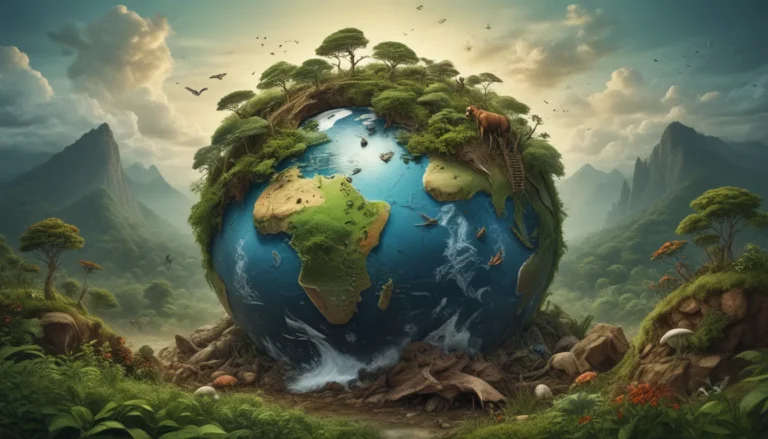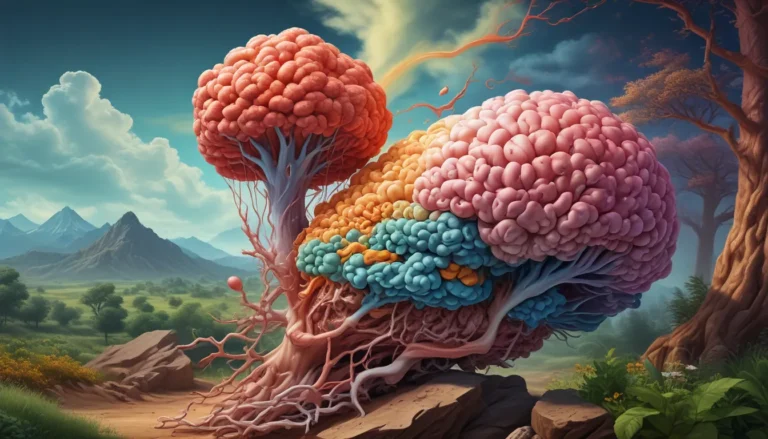A Note About Images: The images used in our articles are for illustration purposes only and may not exactly match the content. They are meant to engage readers, but the text should be relied upon for accurate information.
In a world facing increasing threats to biodiversity, wildlife conservation emerges as a critical mission to protect the delicate balance of our ecosystems and preserve endangered species. As human activities encroach upon natural habitats, the need for understanding the significance of conserving wildlife grows more urgent. From safeguarding habitats to promoting sustainable practices, wildlife conservation encompasses a broad spectrum of efforts aimed at securing the future of our planet’s precious wildlife.
The Essence of Biodiversity in Wildlife Conservation
Biodiversity serves as the cornerstone of wildlife conservation, encompassing the vast array of life forms on Earth. By protecting habitats, preventing species extinction, and promoting sustainable practices, wildlife conservation aims to maintain this diversity and ensure the survival of countless species.
The Alarming State of Endangered Species
With over 25,000 species currently at risk of extinction, the urgency of wildlife conservation becomes apparent. From iconic animals like tigers and elephants to lesser-known species like pangolins and vaquitas, the preservation of their habitats is critical for their survival.
Maintaining Ecological Balance through Wildlife Conservation
Wildlife conservation plays a vital role in preserving predator-prey relationships and natural habitats, ensuring the balance of ecosystems. This equilibrium is essential for sustaining food chains, regulating populations, and maintaining the overall health of the environment.
Harnessing Sustainable Tourism for Conservation
Responsible and sustainable tourism practices present a valuable opportunity to support wildlife conservation efforts. By engaging visitors in educational programs and advocating for eco-friendly practices, conservation initiatives can benefit from the economic support provided by tourism.
Tackling Habitat Loss as a Major Threat
The destruction of natural habitats due to factors like deforestation, urbanization, and climate change poses significant challenges to wildlife conservation. Protecting and restoring these habitats is crucial for the survival of numerous plant and animal species.
Combatting Illegal Wildlife Trade
The illegal trade in wildlife products, such as ivory and exotic pets, poses a severe threat to endangered species. Wildlife conservation efforts involve stringent regulations, enforcement measures, and awareness-raising campaigns to combat this illicit trade.
Fostering Collaboration for Conservation Success
Effective wildlife conservation requires the collaboration of governments, NGOs, local communities, and individuals worldwide. By leveraging resources, knowledge, and expertise through collaboration, impactful conservation initiatives can be implemented.
Addressing Climate Change in Conservation Efforts
The effects of climate change, including rising temperatures and habitat disruptions, present additional challenges to wildlife conservation. Adapting conservation strategies and mitigating the impacts of climate change are essential for protecting vulnerable species.
Preserving Genetic Diversity for Species Survival
Maintaining genetic diversity within species is crucial for their long-term survival and adaptation to changing environments. Wildlife conservation efforts focus on preserving healthy populations with diverse gene pools to enhance species resilience.
The Role of Indigenous Communities in Conservation
Indigenous communities possess valuable knowledge and traditions that contribute significantly to wildlife conservation efforts. Their sustainable practices and deep connection with nature play a vital role in preserving biodiversity and safeguarding ecosystems.
Empowering Education and Awareness for Conservation
Increasing public knowledge, awareness, and engagement in wildlife conservation are vital for long-term success. Through education programs, community outreach, and social media campaigns, individuals can be inspired to take action and make a positive impact.
In conclusion, the 11 captivating facts about wildlife conservation underscore the urgent need to protect and conserve our natural world. By recognizing the importance of biodiversity, addressing threats, promoting sustainable practices, and fostering collaboration, we can contribute to the preservation of wildlife for future generations.
FAQs
Q: Why is wildlife conservation important?
A: Wildlife conservation is important for maintaining biodiversity, preserving habitats, ensuring the survival of endangered species, and providing ecological, economic, and cultural benefits.
Q: What are the main threats to wildlife conservation?
A: Habitat loss, poaching, climate change, pollution, and invasive species are among the main threats to wildlife conservation, jeopardizing wildlife populations and ecosystem stability.
Q: How can individuals contribute to wildlife conservation?
A: Individuals can contribute by supporting conservation organizations, volunteering, raising awareness, practicing responsible tourism, adopting sustainable lifestyles, and advocating for environmental policies.
Q: What are the benefits of wildlife conservation?
A: Wildlife conservation helps maintain ecosystem balance, supports scientific research, promotes ecotourism, preserves cultural heritage, and offers future generations a chance to experience nature’s wonders.
Q: Are there success stories in wildlife conservation?
A: Yes, success stories include the recovery of bald eagles in the U.S., conservation of giant pandas in China, and reintroduction of Arabian oryx in the Middle East, demonstrating the effectiveness of conservation efforts.
As we delve deeper into the realm of wildlife conservation, let’s continue our exploration of intriguing facts and inspiring stories. From the unique landscapes of conservation parks to the captivating world of wildlife documentaries, there is always something new to discover about safeguarding our planet’s precious creatures. Embrace the journey of conservation education and empowerment as we work together to protect the wonders of the natural world.





